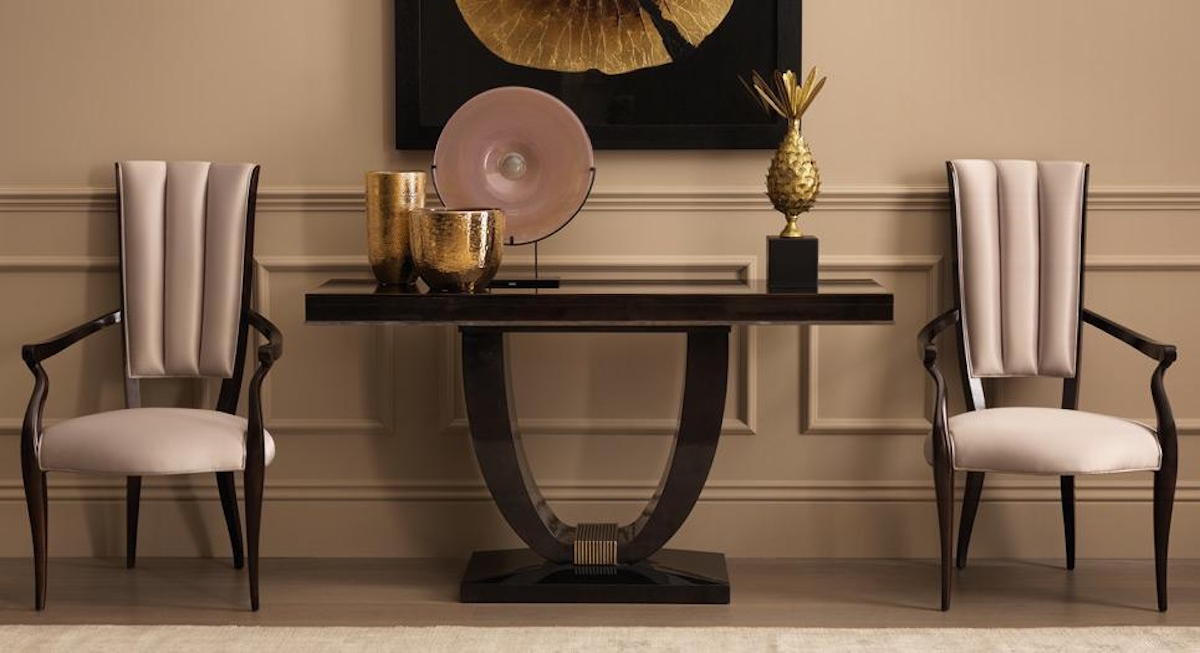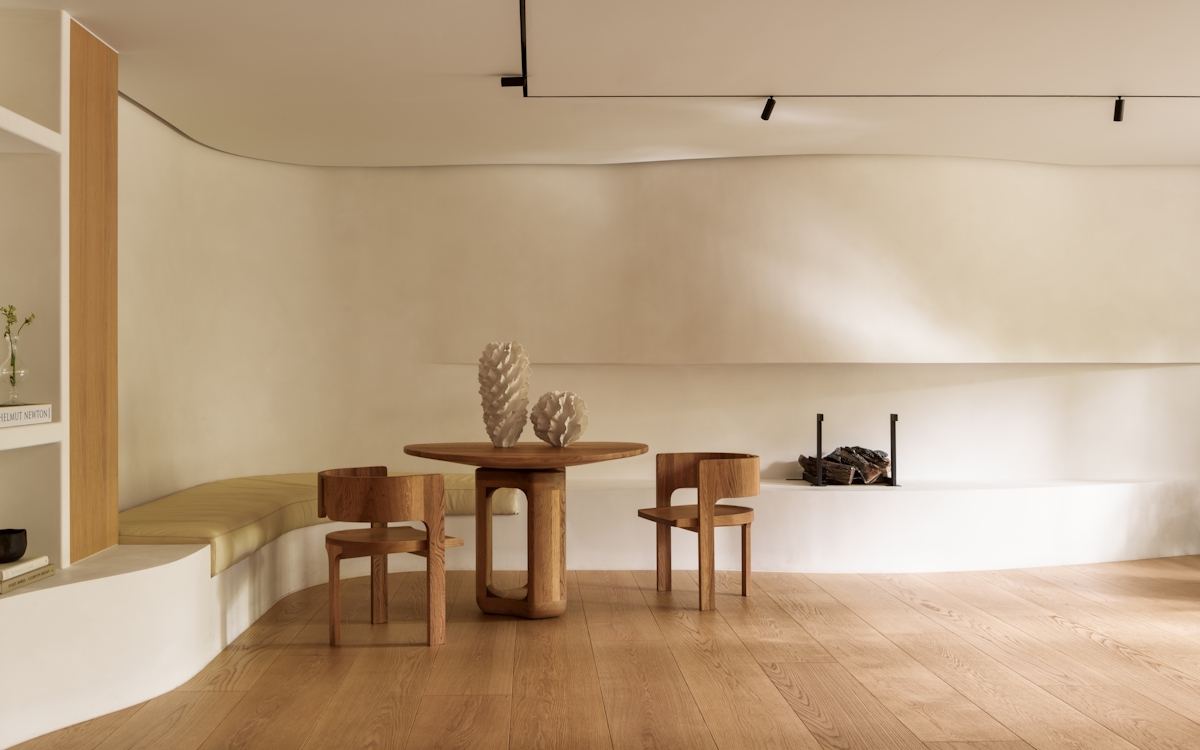Noted in the Conde Nast’s House & Garden Dictionary of Design & Decoration (1973) as being “integral to the decoration of a room” there’s a lot to be said for this multifunctional, room-transcending piece.
A mainstay of the Palace of Versailles and the royal courts of Louis XIV (who is credited for popularising the piece), the console table of today comes from good design stock. So named for the S-curve bracket – a console in furniture speak – which supported the tabletop traditionally, the elegantly proportioned table was known for its narrow silhouette, which featured accents like shapely cabriole legs, shelf-like stretchers or elaborately gilded Rococo motifs. Often placed beneath a grand mirror and topped with a vase or sculpture, the design – interchangeably referred to as a pier table – has lasted the test of time, due in part to its chameleon-like way of reinventing itself.
Fast forward a couple of hundred years from its grand beginnings and you find interior designers doing wonders with console furniture in all sorts of spaces. This one-time decorative piece has proven itself as a multi-faceted must-have for the most design-led of spaces. From mini desk in a small-scale office to make-shift buffet in a dining room, these days the humble console table fulfils its original purpose and then some.
Decorative Grandeur
Originally designed as a decorative piece which would add a grandeur to a space, the console table has been transformed into an art piece in its own right. Do your room justice by choosing a style which will hold its own amongst the impressive chandeliers and iconic chairs of the interior world.
Showstopping Power
The traditional console table was fabulously extravagant with gilding everywhere and topped with nothing less than the finest of marbles. This style of console should be used as it was intended – with an ornate mirror in tow.
Storage Essential
Something that the console table was never intended for was as a stylish storage option but that hasn’t stopped it from becoming one. Shelved consoles are great pieces to back onto sofas, making use of otherwise wasted space.
Sleek Design
When it comes to a really special vignette of cherished family photos or a stunning piece of artwork, don’t draw attention away with a bold design. Barely-there silhouettes are a console’s forte with sleek designs being created from glass or slim-lined metal frames.


